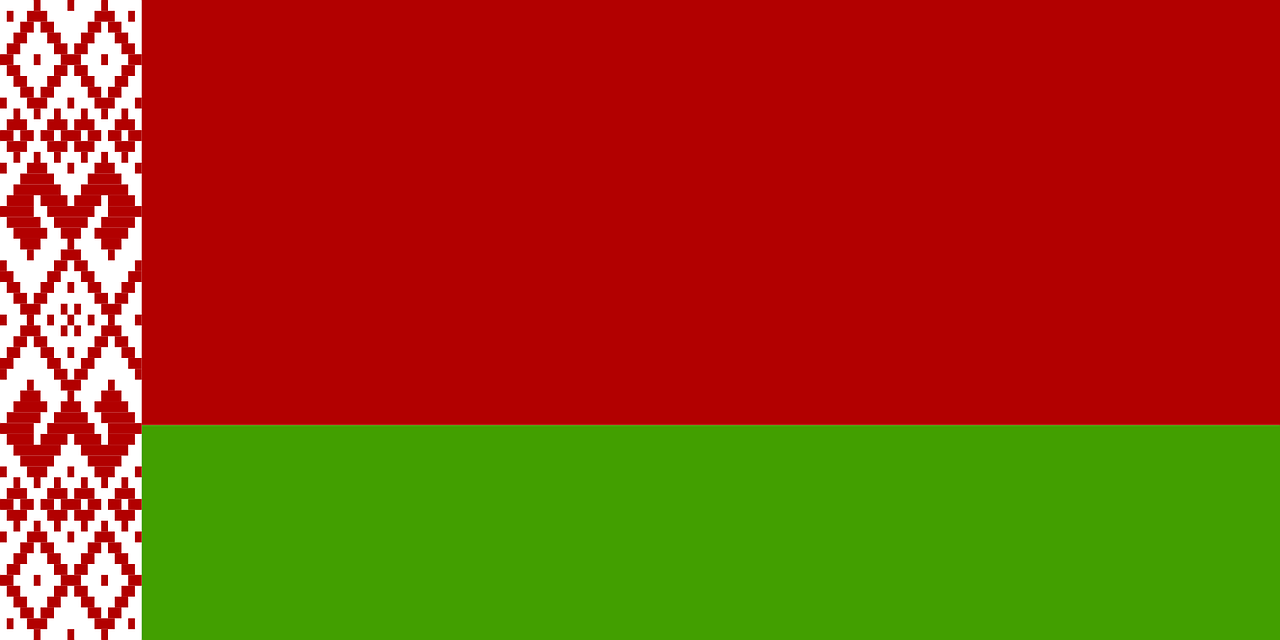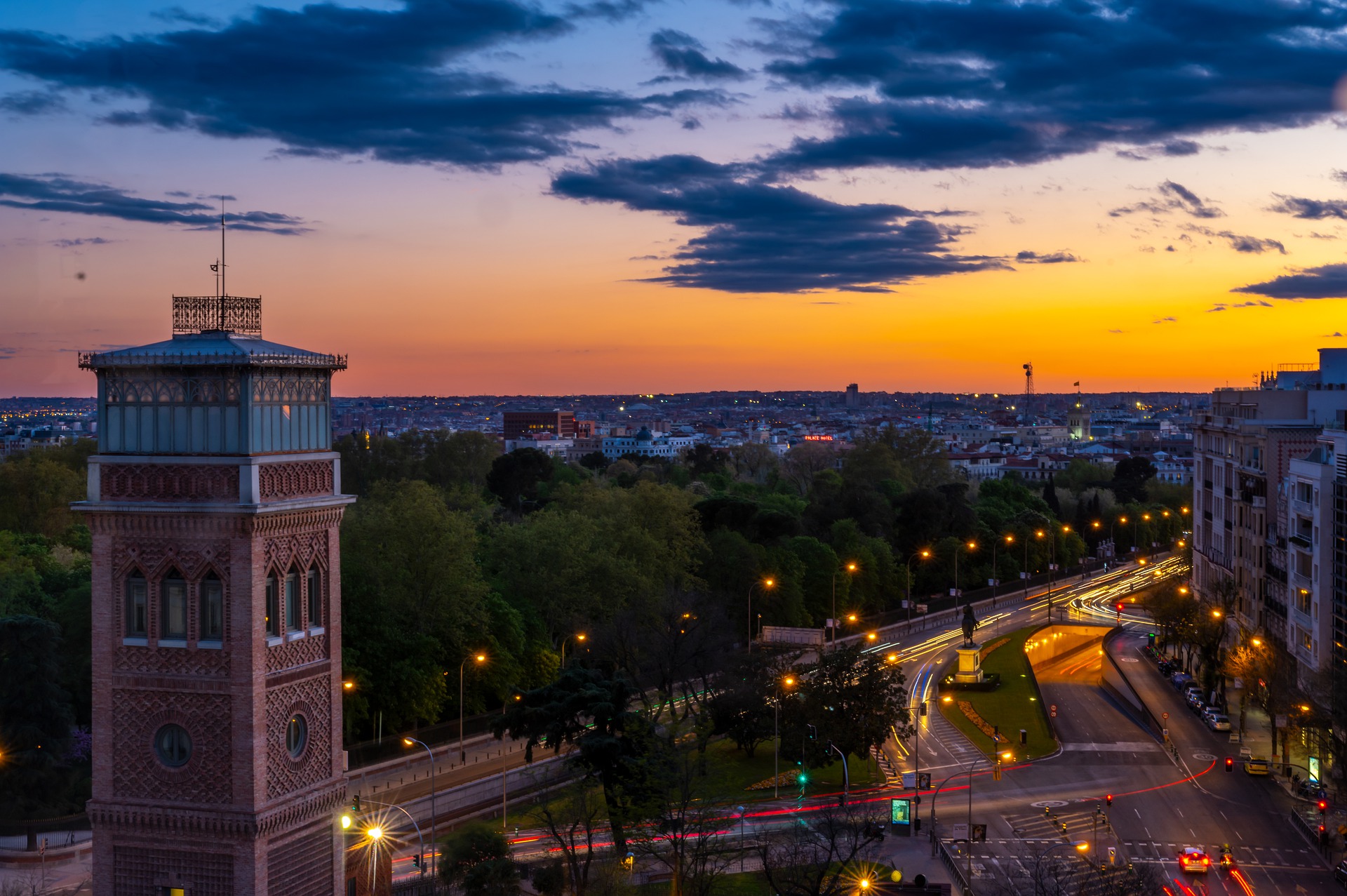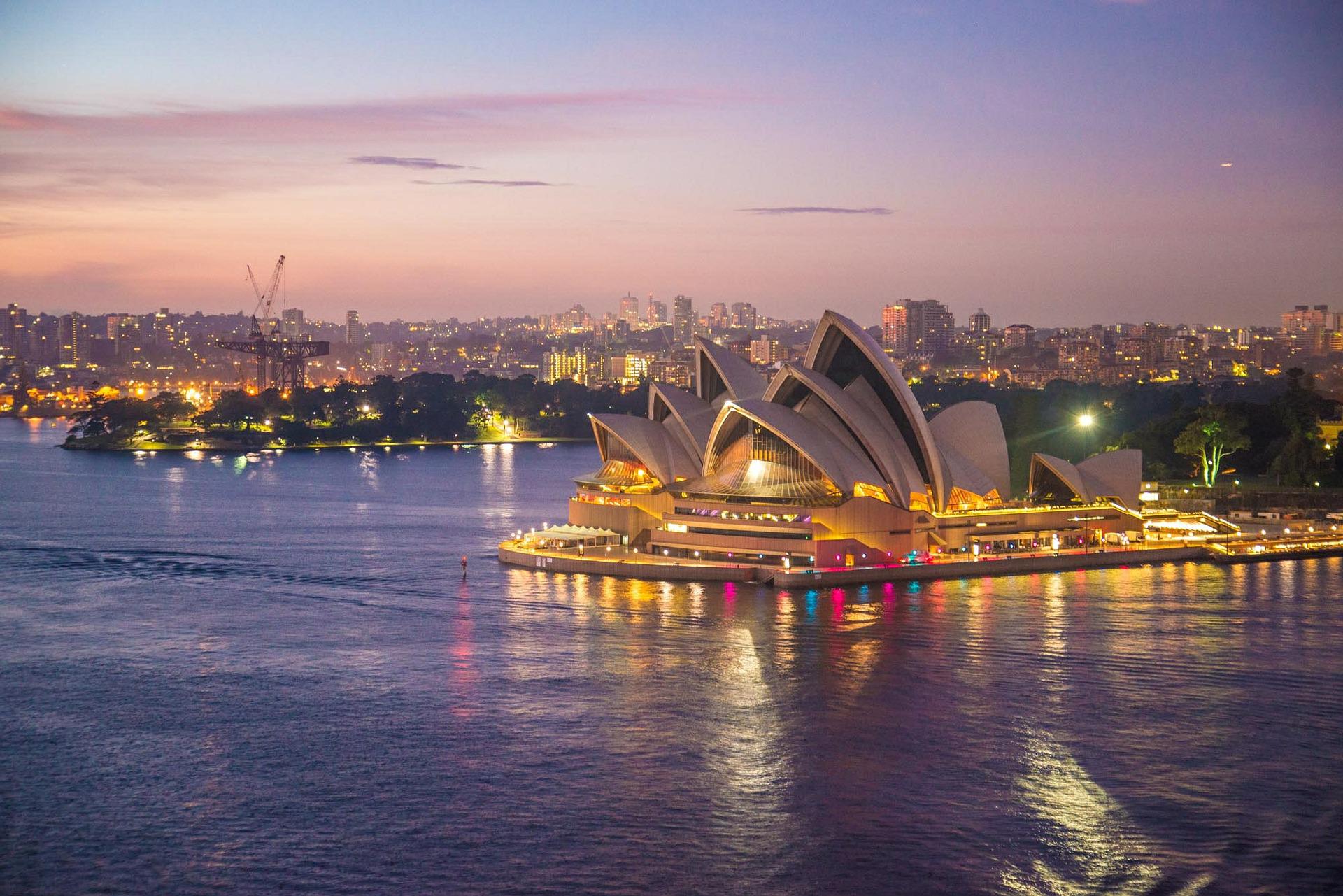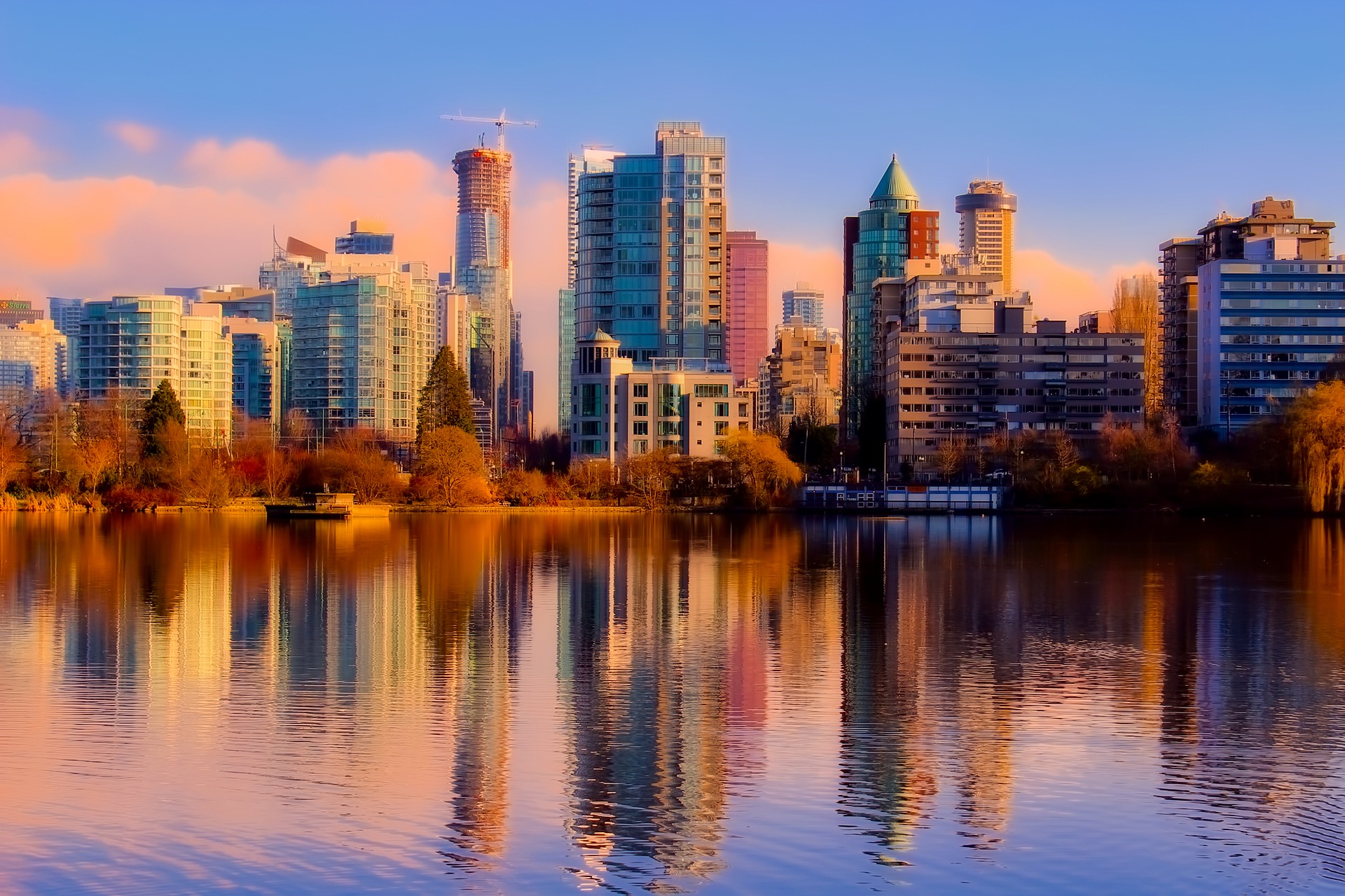Introducing BELARUS
Currency
Rubles
Languages
Russian
Time Zone
25/04/24
12:58 AM
In 1991,
Belarus achieved independence after serving as a USSR constituent nation for
seven decades. Compared to the other former Soviet republics, it continues to
have stronger political and economic links to Russia. On December 8, 1999,
Belarus and Russia agreed to form a two-state union with the goal of achieving
greater political and economic fusion. Belarus became independent in 1991 after
spending seven decades as a member of the USSR. It still has closer political
and economic ties to Russia than any other former Soviet nation. Belarus and
Russia decided to become a two-state union on December 8, 1999, with the
intention of attaining stronger political and economic unification. Following
the contested presidential election in August 2020, restrictions on political
liberties have become more onerous. The opposition and civil society disputed
the election's legitimacy as a result of the election results, which led to
widespread protests. After putting an end to demonstrations in late 2020,
Alyaksandr LUKASHENKA, the contested presidential election winner, has
maintained his position of authority.
Eastern Europe, east of Poland
total: 207,600 sq km land: 202,900 sq km water: 4,700 sq km
cold winters, cool and moist summers; transitional between continental and maritime
9,413,505 (2022 est.)
Belarus had
a fairly advanced industrial foundation when it was a member of the Soviet
Union, but it is now obsolete, ineffective, and dependent on cheap Russian
energy and special access to Russian markets. Government subsidies are a major
source of income for the nation's agriculture sector. When it was a part of the
Soviet Union, Belarus had a highly developed industrial base, but today it is
outmoded, ineffectual, and dependent on cheap Russian energy and unique access
to Russian markets. Government subsidies are a significant source of revenue
for the country's agriculture industry. Several companies have undergone renationalization.
State-owned businesses make up between 70 and 75 percent of the GDP, and state
banks dominate the banking industry. Following the dissolution of the Soviet
Union, economic output fell for several years before rebounding in the middle of
the 2000s. Belarus only has a tiny amount of crude oil deposits and imports
natural gas and crude oil from Russia at discounted, below-market pricing. By
processing Russian crude and reselling it at fair market value, Belarus
generates export cash. There have been significant differences between Russia
and Belarus regarding the costs and availability of Russian energy. Russia
asserted that Belarus started accruing debt in early 2016 for paying less than
the agreed-upon price for Russian natural gas and that Russia reduced its crude
oil exports as a result of the debt, which reached $740 million by April 2017.
It was April 2017. Russia resumed the shipment of crude after Belarus agreed to
settle its obligation to Russia for gas. Recent years have seen a decline in
new non-Russian foreign investment, mostly due to an adverse financial
environment. The Belarusian ruble lost roughly three times its value in 2011 as
a result of the financial crisis. The burden of a large trade imbalance and
hefty foreign debt servicing costs has only weakened the Belarusian economy.
The devaluation of the Russian ruble in mid-December 2014 resulted in an almost
40.
Belarusian
Belarusian 83.7%, Russian 8.3%, Polish 3.1%, Ukrainian 1.7%, other 2.4%, unspecified 0.9% (2009 est.)
0.8% (2017 est.) 1% (2016 est.) country comparison to the world: 6
Russian (official) 70.2%, Belarusian (official) 23.4%, other 3.1% (includes small Polish- and Ukrainian-speaking minorities), unspecified 3.3% (2009 est.)
Orthodox 48.3%, Catholic 7.1%, other 3.5%, non-believers 41.1% (2011 est.)
0-14 years: 16.09% (male 784,231/female 740,373) 15-24 years: 9.59% (male 467,393/female 441,795) 25-54 years: 43.94% (male 2,058,648/female 2,105,910) 55-64 years: 14.45% (male 605,330/female 763,972) 65 years and over: 15.93% (2020 est.) (male 493,055/female 1,017,211)
large tracts of marshy land
$179.97 billion (2020 est.) $181.61 billion (2019 est.) $179.1 billion (2018 est.) note: data are in 2017 dollars country comparison to the world: 70
1.22% (2019 est.) 3.17% (2018 est.) 2.53% (2017 est.) country comparison to the world: 164
$19,100 (2020 est.) $19,300 (2019 est.) $18,900 (2018 est.) note: data are in 2017 dollars country comparison to the world: 90




